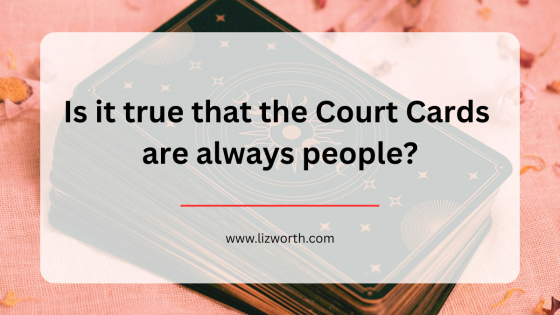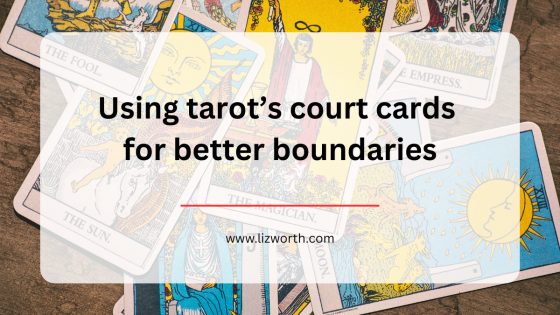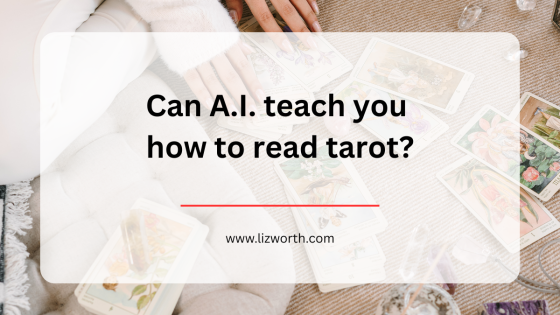Liz Worth
Were you taught that the tarot’s court cards are always people? Learn where that idea comes from, and how to build new interpretations with t ...
Liz Worth
A tarot spread to use the court cards for establishing better boundaries.
Liz Worth
Struggling to interpret the Devil card? Here are some insights that might help you learn how to read the Devil when it shows up in a tarot ...
Liz Worth
What does the Two of Wands mean? How is it different from the Ace or Three of Wands?
Liz Worth
Are you relying on ChatGPT for tarot lessons? This is why it might not be as effective as you think.






